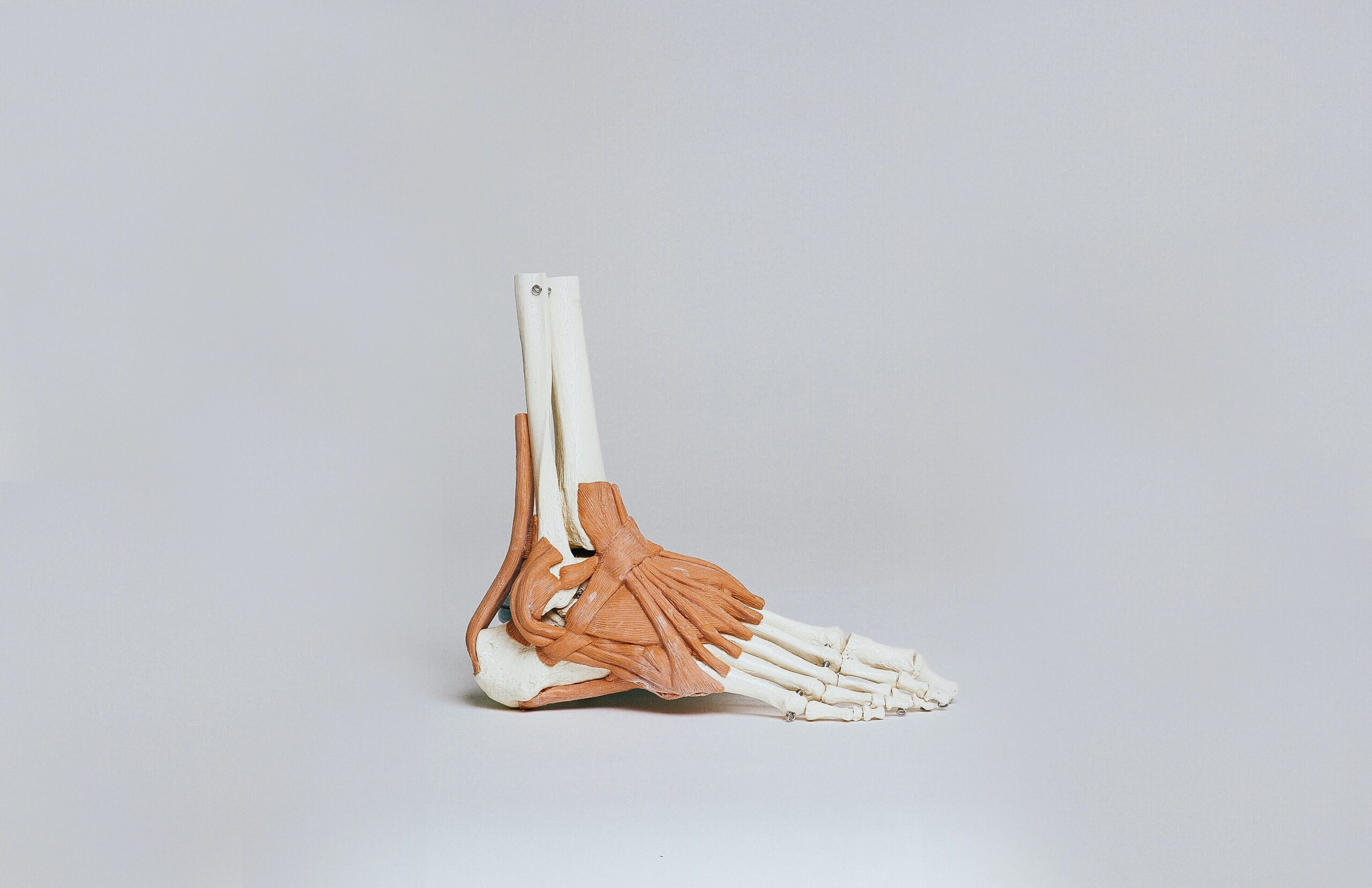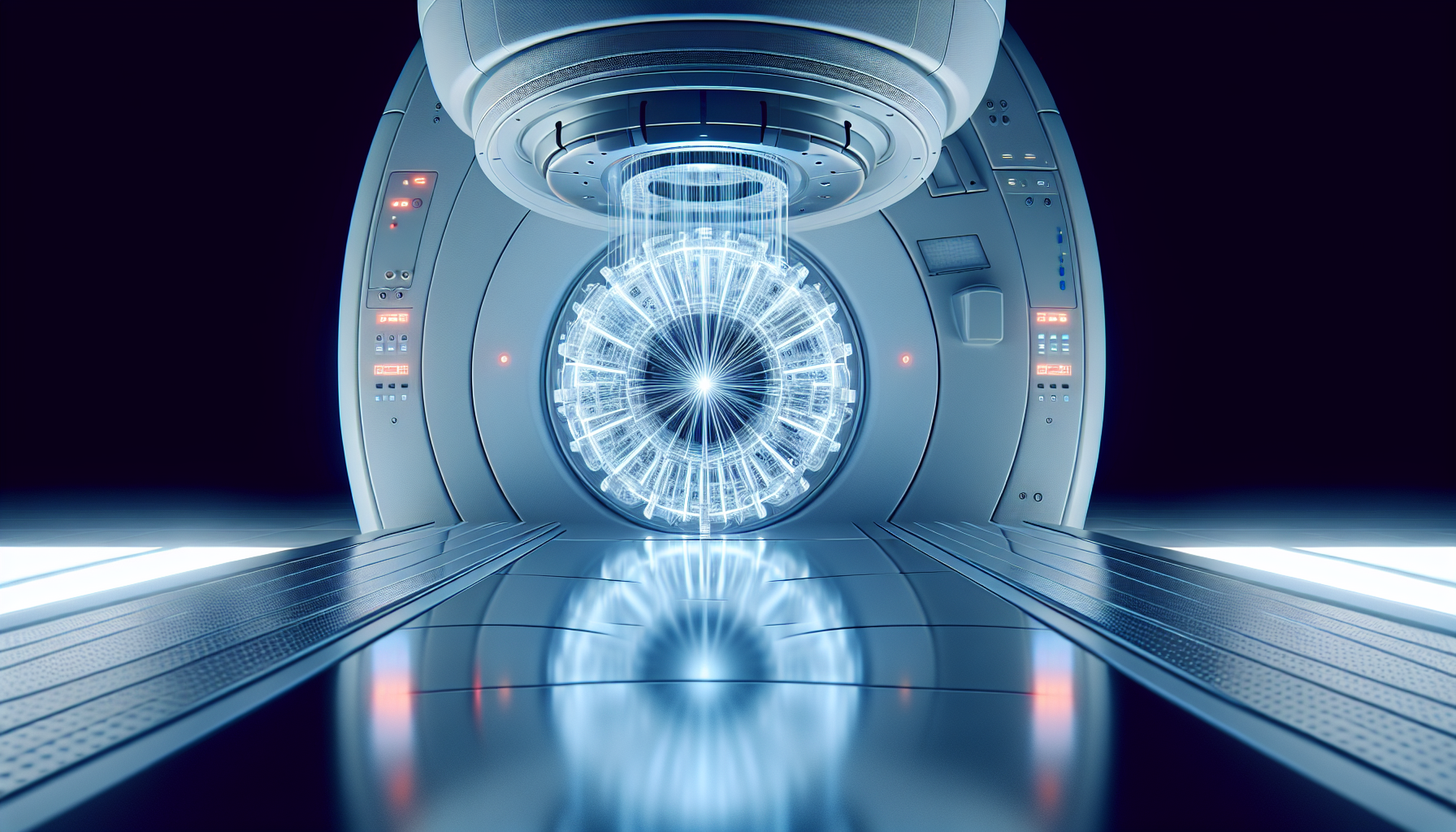Radiation therapy is an effective treatment option for prostate cancer, utilizing precise and targeted doses of radiation to destroy cancer cells. By emitting high-energy beams directly to the affected area, radiation therapy works to shrink tumors, alleviate symptoms, and ultimately eradicate cancerous cells. This non-invasive procedure allows patients to maintain their usual lifestyle while undergoing treatment, making it a viable and convenient choice for many individuals diagnosed with prostate cancer. Radiation therapy is a common treatment modality used for prostate cancer. It involves the use of high-energy radiation to target and kill cancer cells in the prostate gland. This form of therapy can be used as a primary treatment, adjuvant therapy, or palliative treatment, depending on the stage and severity of the cancer. In this article, we will explore the various aspects of radiation therapy for prostate cancer, from its functions and development to its different types, possible side effects, and advancements in the field.
The Functions of the Prostate Gland
Before diving into the details of radiation therapy, it is important to understand the functions of the prostate gland. The prostate is a small organ located in the pelvis, just below the bladder, and it plays a crucial role in the male reproductive system. Its primary function is to produce and store seminal fluid, which nourishes and protects sperm. The prostate gland contributes to the ejaculation process by helping propel the semen into the urethra during ejaculation.
Understanding How Prostate Cancer Develops
Prostate cancer occurs when there is an abnormal growth of cells in the prostate gland. These cancer cells can begin to multiply and form a tumor, which can then spread to other parts of the body if left untreated. The exact cause of prostate cancer is still unknown, but certain risk factors, such as age, family history, and ethnicity, have been identified. Regular screening, such as prostate-specific antigen (PSA) testing and digital rectal exams, can help detect prostate cancer at an early stage when treatment options are more effective.
Common Signs and Symptoms of Prostate Cancer
In its early stages, prostate cancer may not cause any noticeable symptoms. However, as the cancer progresses, some common signs and symptoms may manifest. These can include frequent urination, especially at night, difficulty starting or stopping urination, weak urine flow, blood in the urine or semen, pain or discomfort during ejaculation, and pelvic pain. It is important to note that these symptoms can also be attributed to other, non-cancerous conditions, so it is essential to consult a healthcare professional for an accurate diagnosis.
Types of Prostate Cancer
Prostate cancer can present in different types, each with distinct characteristics and treatment approaches. The most common type is acinar adenocarcinoma, which arises from the glandular cells of the prostate. Ductal adenocarcinoma is a rare variant that originates in the cells lining the ducts of the prostate gland. Transitional cell (or urothelial) cancer, although rare, can develop in the cells that line the bladder and can spread to the prostate. Lastly, prostate sarcoma is a rare type of prostate cancer that develops in the connective tissues of the prostate.
What is Radiation Therapy?
Radiation therapy, also known as radiotherapy, is a localized treatment that uses high-energy radiation to destroy cancer cells. It works by damaging the DNA within the cancer cells, preventing them from dividing and growing further. This therapy can be delivered externally or internally, depending on the treatment plan and the patient's specific needs. Radiation therapy is a highly effective treatment option for prostate cancer and can be used as a primary treatment, adjuvant therapy, or palliative treatment, depending on the patient's individual circumstances.
How Does Radiation Therapy Work?
Radiation therapy is delivered using advanced technologies that precisely target the cancerous cells while minimizing damage to surrounding healthy tissues. External beam radiation therapy (EBRT) is the most common form of radiation therapy for prostate cancer. It involves the use of a machine called a linear accelerator to deliver radiation to the prostate gland from outside the body. Brachytherapy, also known as internal radiation therapy, involves the insertion of tiny radioactive seeds directly into the prostate gland. Proton beam radiation therapy is another form of radiation therapy that uses protons instead of X-rays to target cancer cells.

The Use of Radiation Therapy in Cancer Treatment
Radiation therapy can be used in different ways for the treatment of prostate cancer. As a primary treatment, radiation therapy can be used as the sole modality to eradicate cancer cells in the prostate gland. As an adjuvant therapy, it can be used in combination with other treatments, such as surgery or hormone therapy, to increase the chances of eliminating any remaining cancer cells. As a palliative treatment, radiation therapy can help alleviate symptoms and improve the quality of life for patients with advanced prostate cancer.
Risks and Benefits of Radiation Therapy
Like any medical procedure, radiation therapy carries risks and benefits that should be carefully considered. The primary benefit of radiation therapy is its ability to effectively target and kill cancer cells, leading to tumor shrinkage and potentially even cancer eradication. Furthermore, radiation therapy is a non-surgical treatment option, which means it does not require incisions or recovery time. However, radiation therapy also poses risks, including potential damage to surrounding healthy tissues and organs, which can lead to short-term and long-term side effects. It is important for patients to discuss these risks and benefits with their healthcare team before undergoing radiation therapy.

Role of Radiation Therapy in Prostate Cancer Treatment
Radiation therapy plays a significant role in the treatment of prostate cancer due to its effectiveness and versatility. As a primary treatment, radiation therapy can be used alone to target and destroy cancer cells in the prostate gland. As an adjuvant therapy, it can complement other treatment modalities by eliminating any remaining cancer cells that may have been missed during surgery or other interventions. As a palliative treatment, radiation therapy can help manage symptoms, such as pain or difficulty urinating, and improve the overall quality of life for patients with advanced prostate cancer.
Types of Radiation Therapy Used for Prostate Cancer
Multiple types of radiation therapy can be employed for the treatment of prostate cancer, depending on the patient's specific circumstances and treatment goals. External beam radiation therapy (EBRT) is delivered using a machine that emits high-energy X-rays or protons. This treatment is typically performed on an outpatient basis, with several sessions scheduled over the course of several weeks. Brachytherapy, or internal radiation therapy, involves the implantation of tiny radioactive seeds directly into the prostate gland. This localized approach allows for precise targeting of the cancerous cells while minimizing damage to surrounding healthy tissues. Proton beam radiation therapy, a form of external beam radiation therapy, uses protons instead of X-rays to deliver radiation to the prostate gland.

What to Expect During Radiation Therapy for Prostate Cancer
Before undergoing radiation therapy, patients will undergo a series of preparations to ensure the most effective and efficient treatment. This may include imaging studies, such as CT scans or MRI scans, to precisely map the prostate gland and determine the areas that need to be targeted. During the treatment process, patients will lie on a treatment table while the radiation therapy machine delivers radiation to the prostate gland. The treatment itself is painless, but patients may experience some discomfort due to the positioning or the urge to urinate. Possible side effects of radiation therapy for prostate cancer include fatigue, skin changes in the treated area, bowel and bladder problems, and sexual dysfunction.
The Effectiveness of Radiation Therapy for Prostate Cancer
Multiple studies and research have shown the effectiveness of radiation therapy in the treatment of prostate cancer. In terms of disease control, radiation therapy has consistently demonstrated high rates of tumor shrinkage and eradication. It has been shown to be particularly effective in early-stage prostate cancer, where the tumor is localized to the prostate gland. Survival rates for prostate cancer patients treated with radiation therapy are also encouraging, with long-term survival rates being comparable to other treatment approaches, such as surgery or hormone therapy. However, the choice of treatment should be tailored to each individual patient, taking into account factors such as the stage and aggressiveness of the cancer, as well as the patient's overall health and preferences.
Possible Side Effects and Risks of Radiation Therapy for Prostate Cancer
While radiation therapy can be highly effective in treating prostate cancer, it is not without its side effects and risks. Short-term side effects may include fatigue, skin irritation, increased urinary frequency or urgency, bowel changes, and sexual dysfunction. These side effects are typically temporary and resolve within a few weeks or months after the completion of treatment. However, some patients may experience long-term side effects, such as urinary incontinence or erectile dysfunction. Additionally, radiation therapy can pose risks to other organs and body parts near the prostate, such as the bladder or rectum. However, advances in radiation therapy techniques and technologies have significantly reduced the incidence and severity of these side effects and risks.
Advancements in Prostate Cancer Radiation Therapy
The field of prostate cancer radiation therapy has seen significant advancements over the years, leading to improved treatment outcomes and patient experiences. Improvements in radiation therapy techniques, such as intensity-modulated radiation therapy (IMRT) and image-guided radiation therapy (IGRT), have allowed for more precise targeting of the prostate gland while minimizing damage to surrounding healthy tissues. Investigating new treatment approaches, such as stereotactic body radiation therapy (SBRT) and hypo-fractionated radiation therapy, aims to further enhance treatment efficacy and convenience. The future of prostate cancer radiation therapy holds promise with ongoing research and advancements in radiation delivery systems, imaging techniques, and treatment planning.
Living with Prostate Cancer Post Radiation Therapy
After completing radiation therapy for prostate cancer, patients will require follow-up care and monitoring to ensure the cancer remains in remission and to address any potential side effects or complications. This may involve regular check-ups with the healthcare team, including physical examinations and blood tests to monitor prostate-specific antigen (PSA) levels. Returning to normal activities may be gradual, and patients may need to make adjustments depending on any residual side effects. Long-term care and considerations, such as lifestyle modifications and ongoing surveillance, are essential to maintain overall health and well-being during the post-radiation therapy phase.
In conclusion, radiation therapy plays a crucial role in the treatment of prostate cancer, offering effective and versatile options for patients at various stages of the disease. From understanding the functions of the prostate gland to exploring different types of prostate cancer, radiation therapy techniques, possible side effects, and anticipated advancements, it is clear that radiation therapy continues to be a valuable tool in the fight against prostate cancer. By understanding the benefits, risks, and long-term considerations associated with radiation therapy, patients can make informed decisions about their treatment plan and move forward with confidence in their journey to beating prostate cancer.



